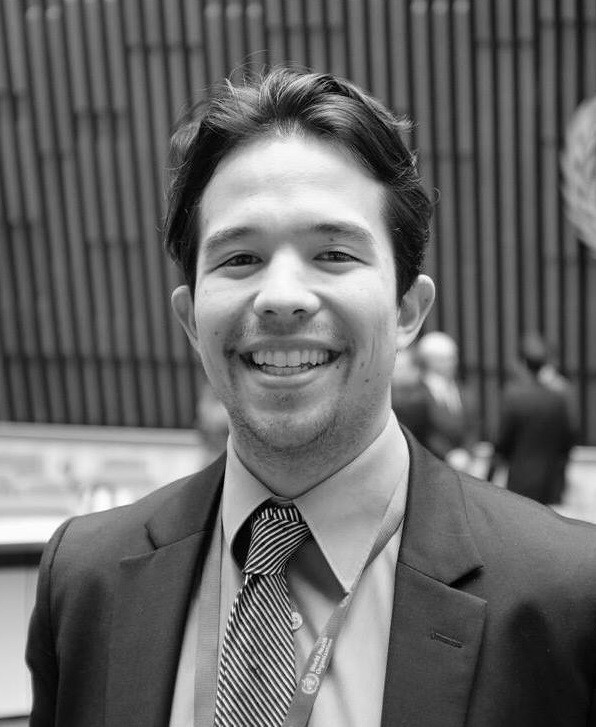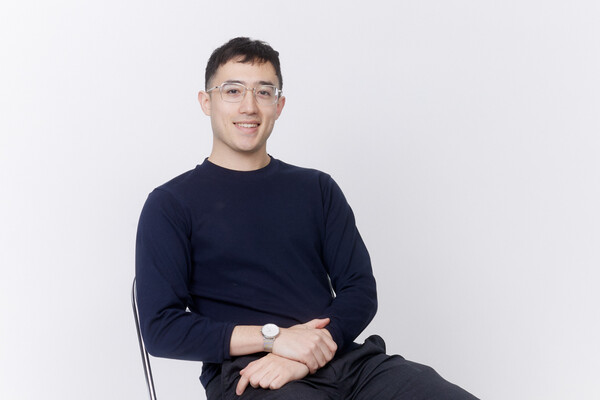Fixing An Invisible Epidemic: University of Toronto’s Man Behind the Movement

When we think of a lack of access to medical treatment, the focus is often on medication. But there’s an invisible epidemic of surgery shortages in low- and middle-income countries around the world. An estimated five billion people cannot access safe, affordable surgical and anesthesia care when they need it. A U of T surgical resident, Joshua Ng-Kamstra, is at the forefront of a movement to improve those dire numbers. Ng-Kamstra, a third-year general surgery resident currently based at Michael Garron Hospital [formerly Toronto East General Hospital], co-authored an international paper showing how we can improve access to surgery. He discussed details with writer Heidi Singer.

How did you become an advocate for improved access to surgery?
In the summer of 2014 there was a huge push by several top medical schools in North America and Europe to examine the state of surgical care in the world. This had never been done in a comprehensive way before. At the time, I was working with U of T Professor Prabhat Jha at St. Michael’s Hospital on the Million Death Study, which revealed a massive shortage of life-saving surgeries in India. That inspired me to think more broadly about surgery in the context of the health system. I then had the opportunity to go to Boston, another place where the global surgery movement was really taking off. Within global health, surgery has been the “neglected stepchild” for decades. Not much attention is paid to how people from low-income countries access surgical care. I worked on the core research team for the Lancet Commission on Global Surgery, a landmark report published last April. People from all over the world came to our launch event in Boston, to talk about what it meant for the future of surgery. A year later, we have come out with our current paper, which provides a roadmap for improving access to surgery for those who need it most.
What’s the most important thing we can do to improve access?
Surgery is not a buffet where you pick one thing and develop services for one niche area. If you have an operating room, an anesthetist, a well-trained surgical provider, you can actually address a lot of disease. It’s estimated that 30% of the world’s total burden of disease is surgically treatable. We’re so specialized in the west but in most places in the world, that’s not feasible in the next 15 years. From pediatrics to cancer care to trauma, if you have a good system you can address all of them simultaneously. And surgeons in the Global South already do this: through the Commission process we met incredible surgeons in over 110 countries working hard to serve their populations. We suggest in the paper today that the most important thing people in high-income countries can do is to support these incredible individuals. And we suggest that everyone has a role, from trainees to staff surgeons, and from industry to journalists.
And if I may add, we really need to be more imaginative. Sometimes we think people in low-income countries can only have basic things: they have to use the most inexpensive materials and the most basic providers. I visited a hospital supported by Partners in Health in rural Haiti. They do amazing work, from emergency surgery to cancer care. They use good technology and the facility is beautiful and patient centered. If we truly believe in health equity, this is what we as a global community must aspire to.
What surprised you most in your study of global surgery?
One of the authors on this paper, an American surgeon named Ray Price, described how he got into the field of global surgery years ago. He wanted to teach trauma in south-east Asia. But what he got instead was a clinical and research partnership with an incredible Mongolian surgeon—Sergelen Orgoi, also an author—who insisted that her country needed laparoscopic surgery. At the time this technique was cutting-edge. Dr. Price had his doubts as to whether this was really an appropriate step for a developing country. She pointed out that her patients – farmers, urban workers, the poor – need this minimally invasive surgery even more than our patients do in North America. They need shorter recovery times and reduced infection rates so they could return to work faster. She held her ground, and laparoscopic surgery has taken off across Mongolia. So what surprised me is that our assumptions about what is wanted or needed in low- and middle-income countries are often wrong. We need to go to our partners and ask how we can help achieve their goals.
What motivates you?
In Haiti, I was speaking with one of the surgeons in a local hospital and he told me that when he was in elementary school there was a kid with his same name, Patrick. They were seven or eight and shared a desk. He went home for Easter and never came back -- the teacher said he had died from typhoid fever. Every time he advanced in his career as a physician he would think about the other Patrick, how he was doing it for both of them. It’s surgeons like him who inspire me: those who work every day to bring care to underserved populations around the world. And at the end of the day, it’s surgeons like him who make all the difference.
News


